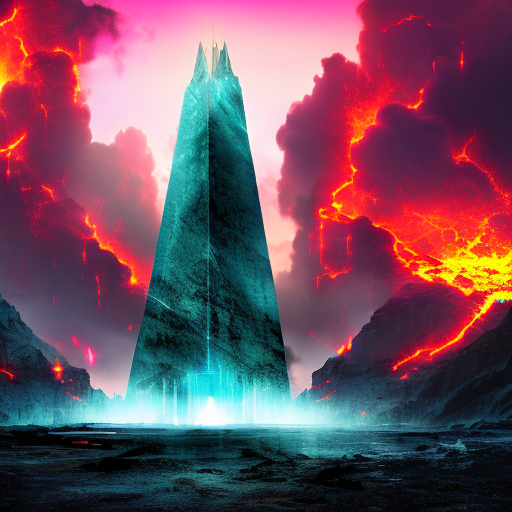One-line summary:
The Obelisk Gate is a gripping and thought-provoking fantasy novel that explores themes of power, oppression, and survival in a world on the brink of destruction.
Introduction:
In The Obelisk Gate, the second installment of N.K. Jemisin’s critically acclaimed Broken Earth trilogy, we continue to follow the story of Essun, a powerful orogene who can manipulate the earth’s energy. Set in a post-apocalyptic world plagued by seismic activity and a society that fears and oppresses those with orogenic abilities, this novel delves deeper into the complexities of the world and its characters. With stunning prose and a richly developed world, Jemisin weaves a tale of survival, betrayal, and the pursuit of power.
The Struggles of Essun:
Essun, also known as Syenite, is a complex and compelling protagonist who is determined to find her daughter, Nassun, and protect her from the dangers of the world. As Essun navigates the treacherous landscape of the Stillness, she faces numerous challenges and obstacles. From encounters with deadly guardians to the constant threat of the obelisks, ancient structures that can unleash catastrophic power, Essun’s journey is fraught with danger and uncertainty. Along the way, she discovers the existence of a mysterious underground city called Castrima, which offers a glimmer of hope in the face of impending doom.
The Power of Orogeny:
Central to The Obelisk Gate is the exploration of orogeny, the ability to manipulate the earth’s energy. Jemisin skillfully delves into the complexities of this power, highlighting both its potential for destruction and its capacity for creation. Orogenes are feared and hated by society, seen as dangerous and unpredictable. The novel delves into the oppressive systems that seek to control and suppress orogenes, forcing them to conform to societal norms. Through Essun’s journey, we witness the struggle for self-acceptance and the fight against a world that seeks to deny her existence.
The Broken Earth and the End of the World:
The Broken Earth trilogy is set in a world constantly plagued by seismic activity, known as the Fifth Season. This cataclysmic event brings about devastating consequences, from massive earthquakes to volcanic eruptions. Jemisin masterfully explores the impact of these events on society, highlighting the resilience and adaptability of its inhabitants. The obelisks, ancient structures that harness and control the earth’s energy, play a pivotal role in the narrative. As the world teeters on the brink of destruction, Essun must uncover the secrets of the obelisks and harness their power to save what remains.
Key Takeaways:
- The Obelisk Gate is a gripping and thought-provoking fantasy novel that explores themes of power, oppression, and survival in a world on the brink of destruction.
- Jemisin’s prose is both beautiful and evocative, immersing readers in a richly developed world.
- The novel delves into the complexities of power and the ways in which it can be both a force for good and a tool of oppression.
- The exploration of orogeny and the societal fear and hatred of those with this power raises questions about prejudice and discrimination.
- The Broken Earth trilogy offers a unique and refreshing take on the post-apocalyptic genre, blending elements of fantasy and science fiction.
“The world is not fair, and sometimes it needs to be broken before it can be fixed.”
In conclusion:
The Obelisk Gate is a captivating and thought-provoking continuation of the Broken Earth trilogy. With its exploration of power, oppression, and survival in a world on the brink of destruction, N.K. Jemisin’s novel is a must-read for fans of fantasy and post-apocalyptic fiction.












